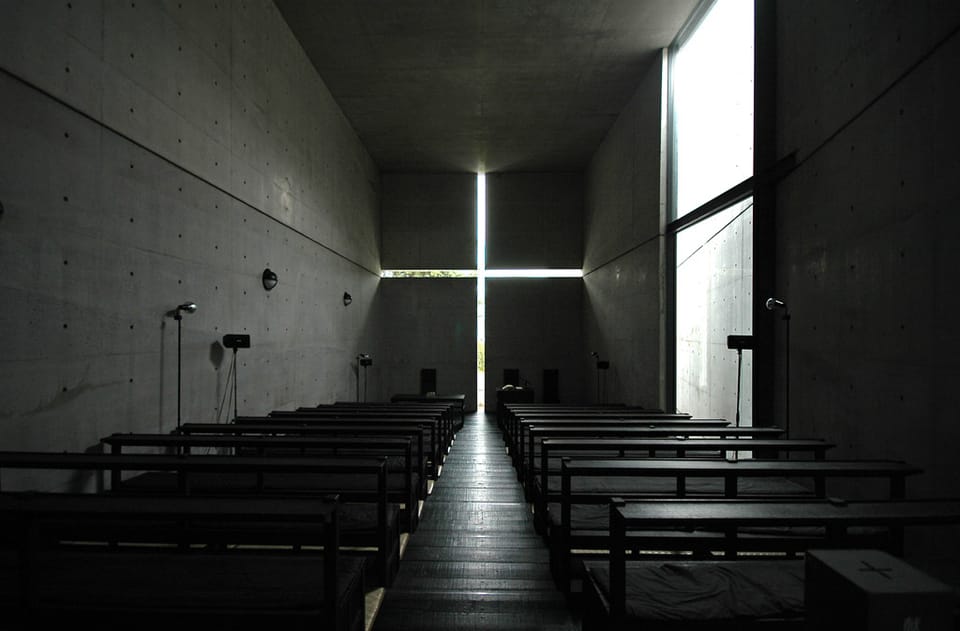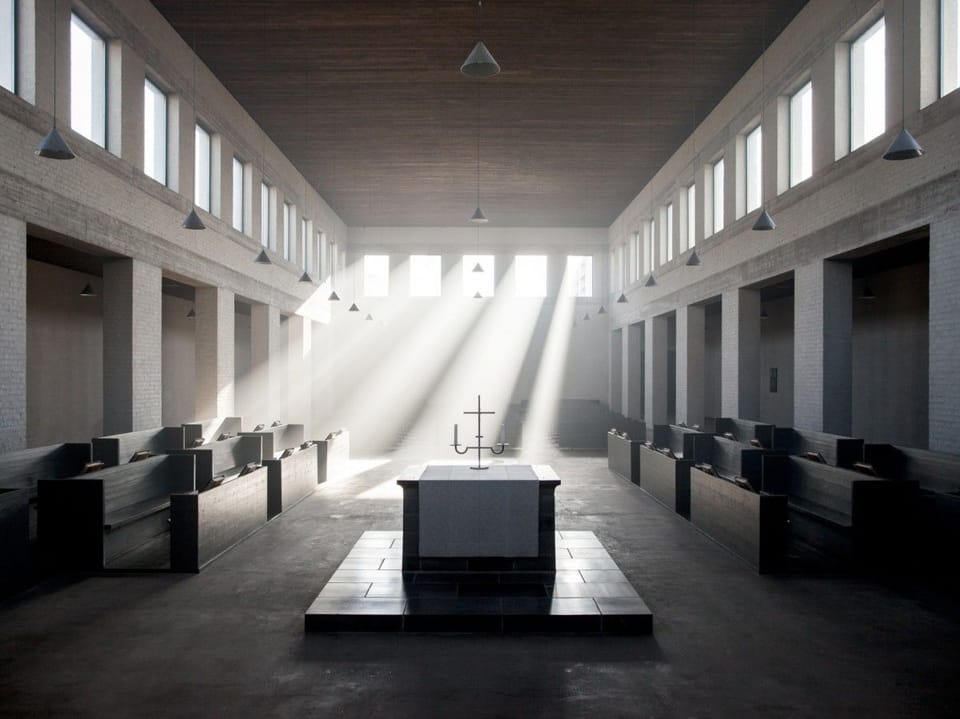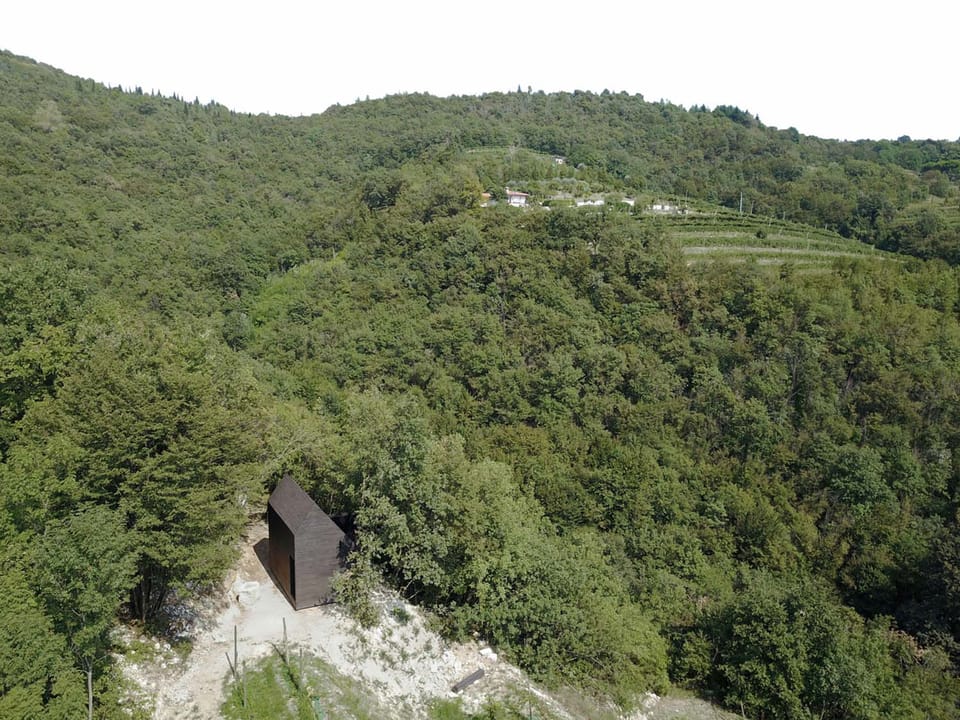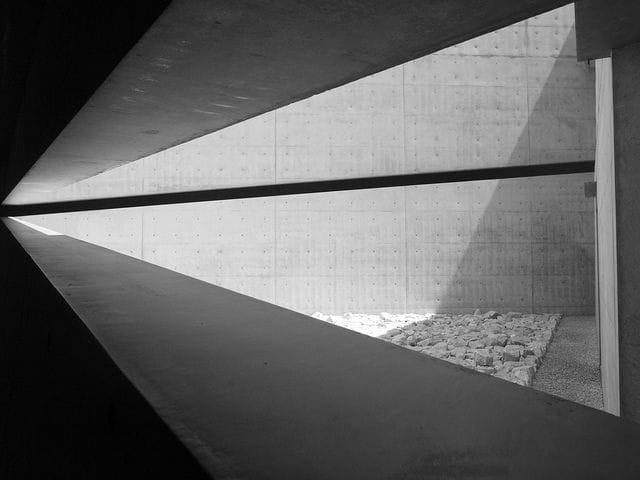ARCHITECTURE

The concept of salutogenesis, introduced by Aaron Antonovsky, reoriented the study of health away from illness and toward the conditions that support well-being. In architecture and spatial design, this shift has opened up new questions: not only how to reduce environmental stressors, but how to create settings that actively support

Few buildings have been more widely referenced in discussions of silence in architecture than Tadao Ando’s Church of Light in Ibaraki, Japan. Yet what makes the space truly still is not its form alone, but its restraint. The quiet logic of subtraction over addition. Completed in 1989, the church

In a world saturated with noise, both physical and cognitive, spaces of stillness are becoming essential sanctuaries for the modern mind. But what makes an environment truly still? How can architecture guide perception toward a state of rest rather than stimulation? These questions find resonance in the work of Dutch

Located on the top of a valley in a little town in the province of Brescia, Italy, architect’s firm Associates Architecture has constructed a secular chapel in the woodlands of Botticino. Named ‘Chapel of Silence’, this six meters long, six meters high and three meters wide construction is situated

Silence has become rare. Not by accident, but by design. Our cities, buildings, and homes have been shaped around productivity and interaction, not pause. In a culture saturated with sound and visual noise, the absence of both is often read as absence of value. And yet, the desire for silence